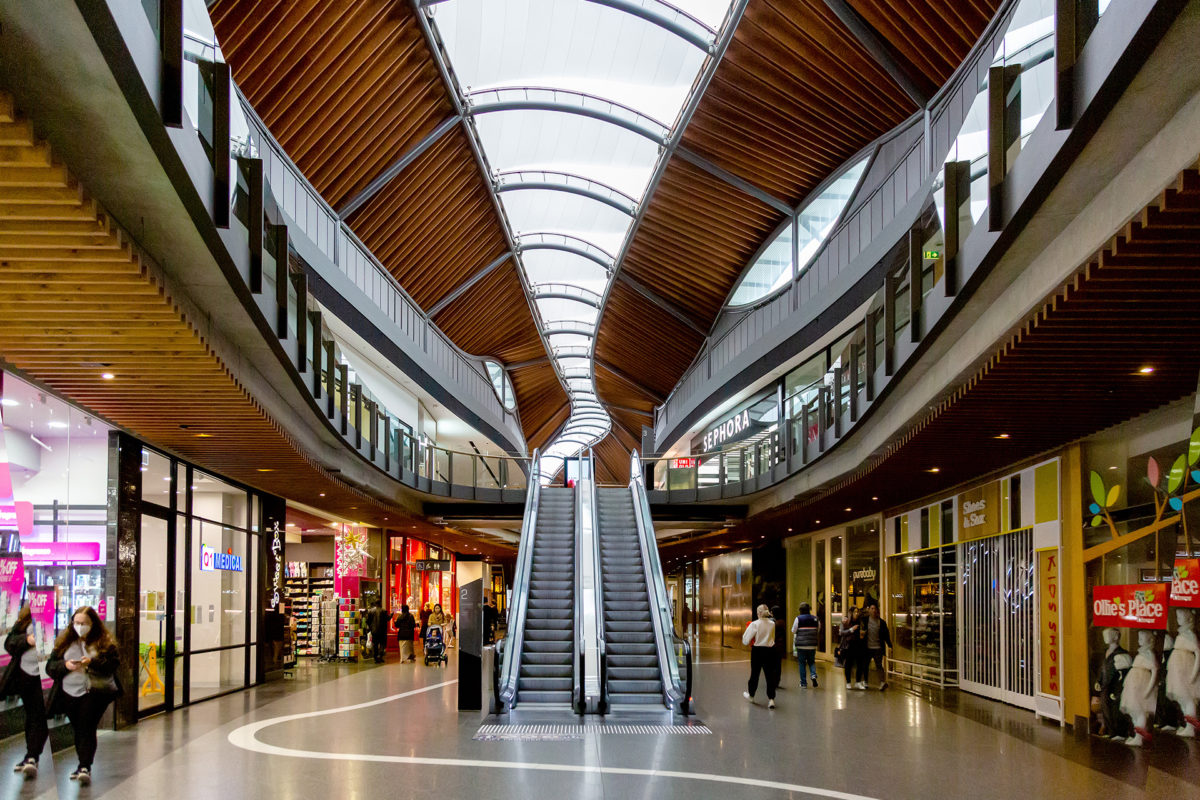After months in lockdown, the world is starting to imagine what a return to normal life would look like. However, many small businesses are struggling to fathom what it would look like for them. It has been named the “small business die-off,” but will this really be the case?

The future for small businesses was looking bleak before the pandemic hit – take Amazon, for example, who took over the market for almost all consumer goods in the United States. The convenience of Amazon and the accessibility of large retail chains meant that these companies had a leg up above small businesses. Australia, on the other hand, is often dubbed a “small business nation,” with around 98% of Australian businesses employing less than 20 people and therefore being considered a small-to-medium enterprise. Despite our sense of community and “giving things a go” being woven into our cultural fabric, these small businesses still have a low ‘survival rate’ – most small businesses go bust after a few years.
With inherent disadvantages, the pandemic was essentially the final nail in the coffin for many small businesses. Some small businesses in America had less than two weeks’ worth of cash on hand, and this was before the crisis hit. The United States Congress recognised this and announced a financial aid program for forgivable small business loans – initially $350 billion, now with a second round of $320 billion. However, such an unprecedented event resulted in poor implementation and a lack of a streamlined process, with many business owners even questioning if they were eligible to receive the money. Experts have criticised the program for simply not being enough, especially for small businesses with high rent costs.

This is a problem that has affected all small businesses, but the road to rebuilding will not be the same for everybody. For starters, funds from the Paycheck Protection Program for small businesses were not prominent in areas that needed it the most. Racial and socio-economic disparities will come into play, as it is predicted that a large percentage of small businesses owned by people of colour will not survive the post-COVID age. As key local spaces in their communities, some of these businesses did not have an online presence due to the reliance on community loyalty, thus worsening their downfall. The economic impact of the pandemic will likely result in the breakdown of these keystone community businesses, while the larger chains will be unscathed.
In Australia, the outcome of the pandemic might surprisingly work in favour of smaller businesses and against the larger stores. Several retail giants and well-known brands have began collapsing, if not having already collapsed, and it is fair to predict the end of the large, department store, with many turning to e-commerce instead. However, e-commerce won’t completely take over – instead, smaller businesses will turn to innovative measures to secure their place. We’ve already seen this in the last few months, with many businesses coming up with new ways to deliver their products through a contactless model. The retail property market will also be transformed: commercial property values are expected to decline, and it is possible that retail will become a renters market. Large retailers will no longer have a stronghold and small businesses will be able to shine through.
The fate of the small business is uncertain – trends and statistics may show that small businesses won’t survive, but what may emerge after all of this is a desire to support our community and help give back to others. Small businesses might have been doomed before this all happened, but such an event could result in a change in our priorities as consumers.
Subscribe to FIB’s Weekly Alchemy Report for your weekly dose of music, fashion and pop culture news!






